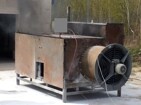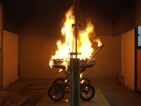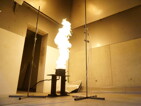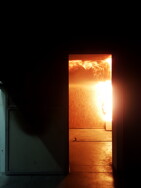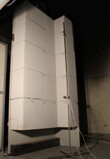
Envilop
Envilop is a proposal for a solution for a lightweight panel-type perimeter skin based on wood. The light envelope was designed as part of the Intelligent Buildings project (CZ.1.05/3.1.00/13.0283) from the Operational Program Research and Development for Innovations of the Ministry of Education and Culture, which is financed by the EU and the state budget of the Czech Republic.
Show more